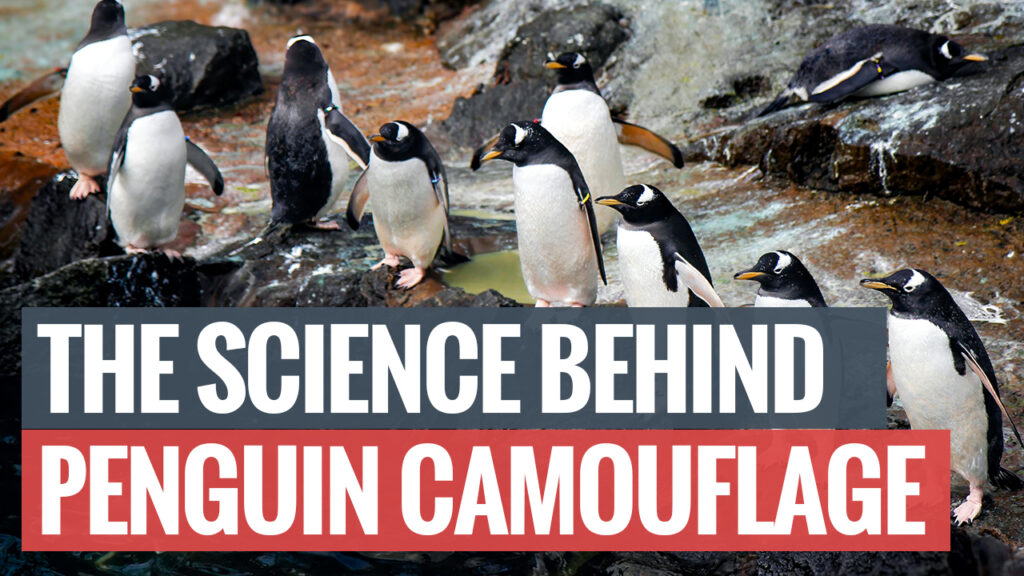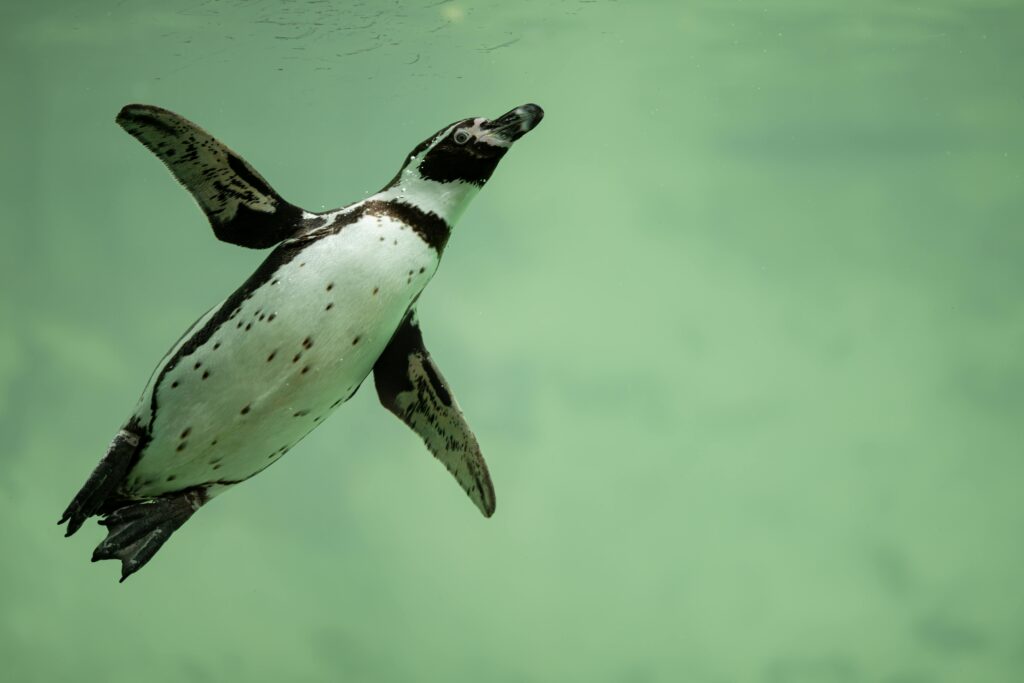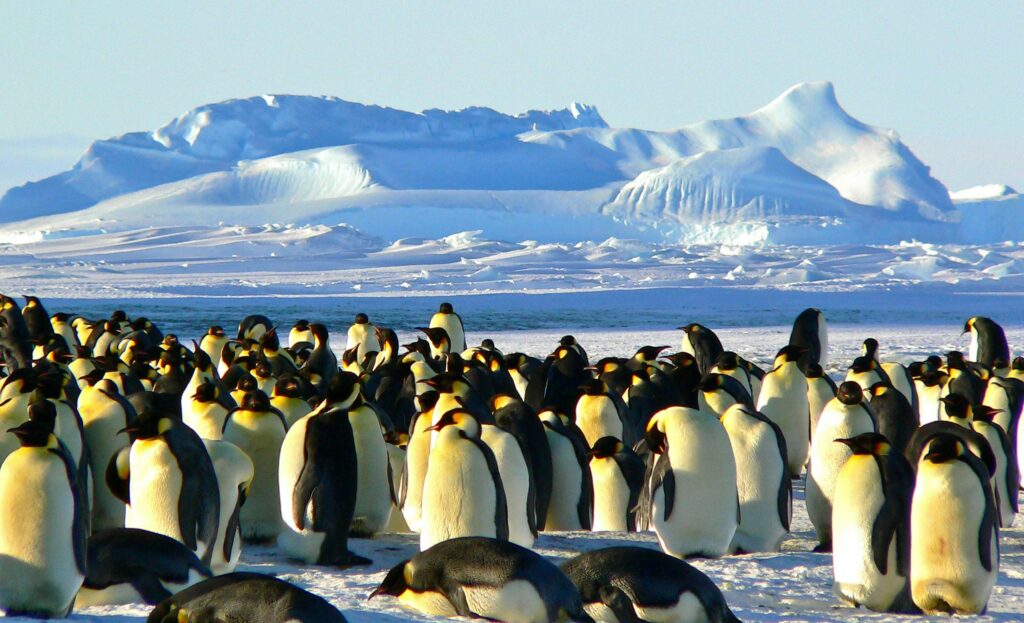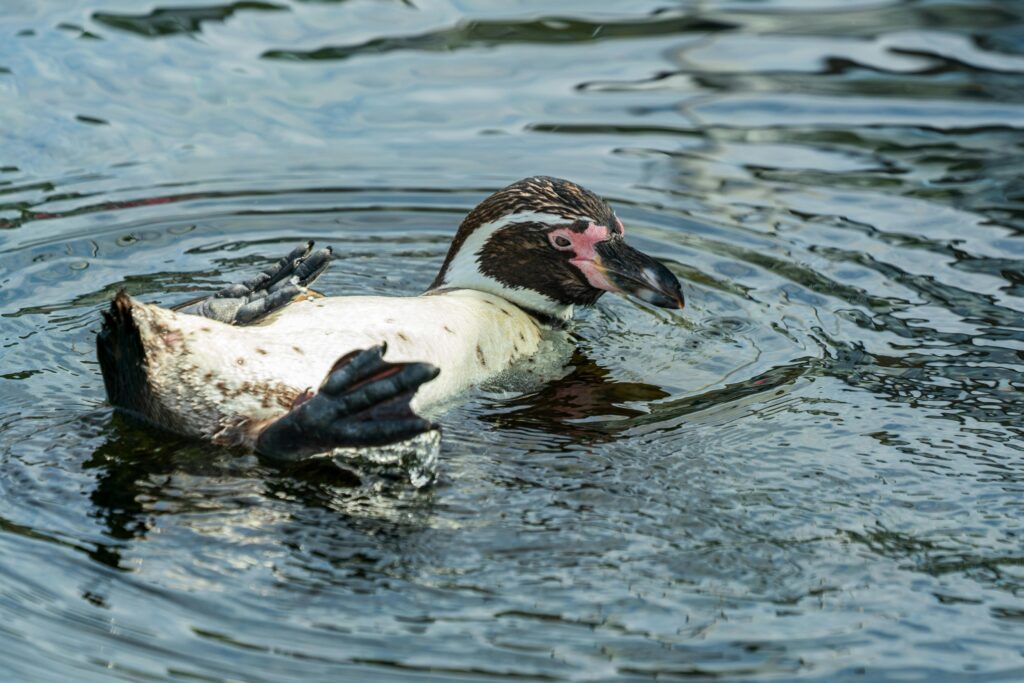Why Black and White?
When you think of penguins, the image that probably pops into your mind is a charming bird dressed in a neat tuxedo — black on the back and white on the belly. But have you ever wondered why penguins have this classic color pattern? It turns out that their stylish look isn’t just for show — it’s a brilliant piece of evolutionary design called counter-shading, perfectly tailored for survival in the ocean. Let’s dive deep into the science behind penguin camouflage and discover why these birds are nature’s masters of disguise.
The Secret of Counter-Shading
Penguins’ black and white coloring is an example of counter-shading, a form of camouflage where an animal’s coloration is darker on the upper side and lighter on the underside. This adaptation helps penguins blend into their environment whether predators or prey are looking at them from above or below.
- From Above: When a predator like a seal looks down into the dark depths of the ocean, a penguin’s black back helps it merge with the shadows of the sea.
- From Below: When a predator such as an orca looks up, the penguin’s white belly blends into the bright surface of the water illuminated by sunlight.

This dual camouflage creates an optical illusion that makes it incredibly difficult to detect penguins in the water — a vital advantage in the treacherous Antarctic ecosystem.
Evolutionary Perfection: How Penguins Mastered the Art of Camouflage
Camouflage is a common survival strategy in nature, but penguins have taken it to another level. Their counter-shading works particularly well because of the lighting conditions in the ocean. Sunlight filters through water in a way that creates a stark contrast between the ocean surface and the deep sea below. Penguins exploit this natural light gradient to stay hidden from both predators and prey.
Over millions of years, penguins that had better camouflage were more likely to survive and reproduce. This natural selection led to the signature tuxedo look we see today.
Not Just for Protection: Other Benefits of Penguin Coloring
While camouflage is the primary function, penguins’ coloring may serve other purposes:
1. Thermal Regulation
Some scientists suggest that the darker feathers on the back might help penguins absorb sunlight and stay warm when they are out of the water. In cold environments like Antarctica, every bit of warmth counts.
2. Social Signaling
Penguins often live in large colonies. Their uniform coloring could play a role in social cohesion, helping individuals recognize species members or even mates at a distance.
3. Species Identification
Not all penguins have the exact same black-and-white patterns. Subtle differences can help penguins distinguish between species and even individuals, aiding in complex social interactions.
Penguins Aren’t Alone: Other Counter-Shaded Animals
Penguins aren’t the only animals to use counter-shading:
- Sharks: Dark on top, light underneath — an oceanic classic.
- Dolphins: Similar shading for the same reason — staying hidden from predators and prey.
- Deer: On land, many prey species are lighter underneath to blend with the bright sky from a predator’s viewpoint.



This shows that counter-shading is a convergent evolutionary trait, meaning it evolved independently in many species because it’s just that effective.
Penguin Chicks and Color Changes
Interestingly, penguin chicks don’t hatch with the sleek black-and-white look. They usually have fluffy grey or brown down feathers. This helps them stay warm but also keeps them concealed on land among rocks and grasses.


As they mature and take to the sea, their juvenile plumage is replaced by the adult counter-shaded feathers — a rite of passage into their aquatic life.
Climate Change and Camouflage Challenges
As the oceans warm and light conditions change due to climate change, penguins may face new camouflage challenges. Shifts in the clarity and brightness of ocean waters can affect how well counter-shading works, potentially making penguins more visible to predators or less effective hunters.
Understanding how penguins use camouflage not only reveals nature’s ingenuity but also highlights the delicate balance they maintain with their environment — a balance increasingly threatened by human activity.
Conclusion: Nature’s Tuxedo, Nature’s Genius
The iconic black and white of penguins is far more than a cute fashion statement — it’s a sophisticated survival strategy honed by millions of years of evolution. Counter-shading gives penguins an edge in the vast, dangerous oceans they call home, helping them glide invisibly through the water.
So next time you admire a penguin’s dapper appearance, remember: behind that tuxedo is a marvel of natural engineering, perfectly tailored to the icy waters of the Southern Hemisphere.
🐧 Curious about how penguins survive even in freezing waters? Click here to read more about their incredible adaptations.




